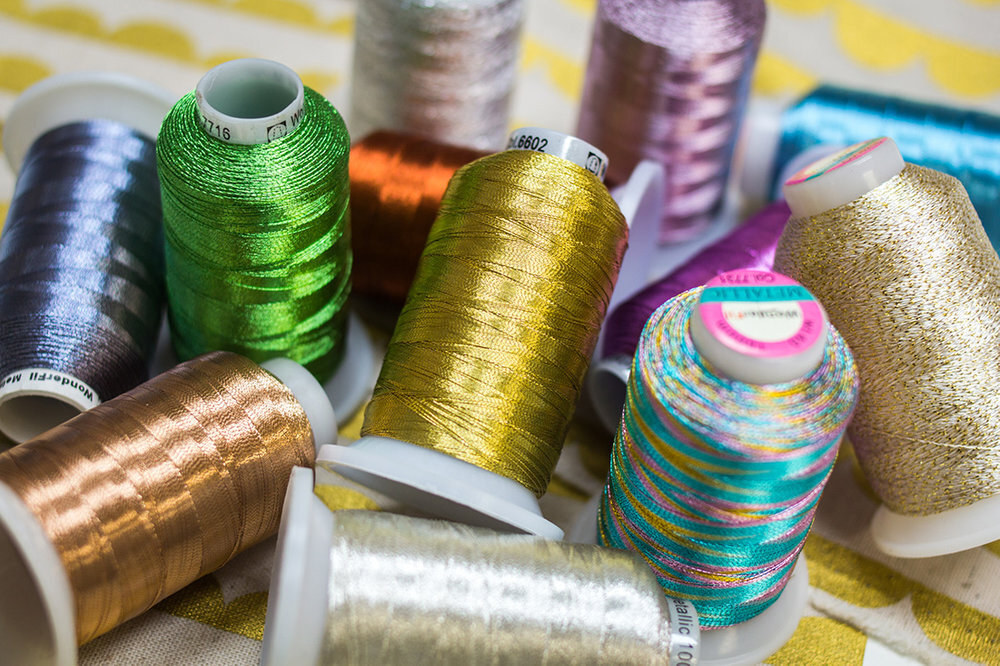Best Practices to Store Your Sewing Thread
Maura Kang
Are you an avid collector of thread? No matter the size of your stash, it’s always good to keep in mind these thread storage best practices so your thread will stay in top condition for whenever you want to sew with it next. These simple tips will help prevent your thread from early fading and aging.
Are you an avid collector of thread? No matter the size of your stash, it’s always good to keep in mind these thread storage best practices so your thread will stay in top condition for whenever you want to sew with it next. While thread doesn’t have a set expiry date, there are a few factors that can lead to faster aging. These simple tips will help prevent your thread from aging early, which can lead to weakened thread and faded colors.
If you love to show off all the pretty colors in your thread stash, you might mount them on your wall. There’s no better way to decorate your sewing room than with a wall full of gorgeous threads, and this makes it really easy to see all the colors you have to choose from all at once. However, if you’re storing your threads out in the open this way, it’s a good idea to take note of the sun exposure in the room. If you have a lot of sunlight shining on your threads for hours every day, the UV light can speed up the breakdown of the thread fibres, leading to weakened thread that breaks more easily after years of exposure.
This UV light can also cause the thread color to fade on the exposed surface, especially with red colors. These aren’t things that will happen overnight, but if you’re going through some of your threads more slowly, it can happen if you’re not paying attention over a few years. So, if you have some threads that you don’t use as often, it might be better to put them away in a closed container away from the sun.
Choose a home storage container with opaque drawers or boxes, something that the sun won’t penetrate. Keeping your threads put away in a closed container will also prevent dust from landing on the thread. While dust won’t impact the quality of the thread itself, it can come off while you’re sewing with it in the machine, adding to the lint build up inside.
Something to consider while your threads are stored in containers is the use of a Wonder Guard. This little sheet wraps around your spool of thread and stops it from unravelling. It’s perfect for organizing your thread and will prevent a lot of mess and tangles in your storage containers.
Another factor to consider is the climate you live in. If your home is somewhere very dry, you may wish to consider running a humidifier in your house. An excessively dry climate can also lead to the fibres of your thread drying out and weakening as a result. On the other hand, a very moist climate can also cause thread fibres to break down. You should choose to store your threads in a location in your home that isn’t too hot and dry, like near your furnace, but also away from direct water exposure.
We hope this helps you choose the best storage space for your threads so they can keep working long and hard for you! Inspired to sew with WonderFil threads? Head on over to shopwonderfil.com/shop-local for a list of stores and retailers you can purchase from. You can also sign up to receive weekly sewing tips, free patterns, and tutorials in our newsletter. Register by clicking here! You can unsubscribe at any time by clicking the unsubscribe button on the footer of every email you receive.



















































